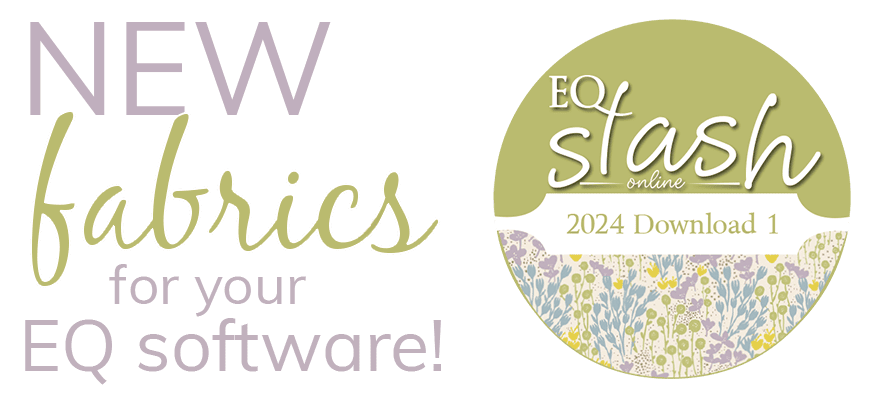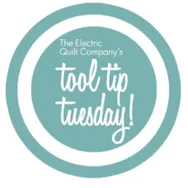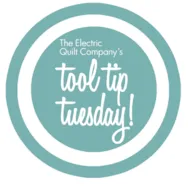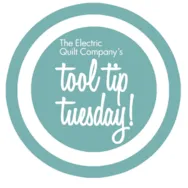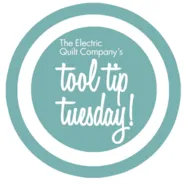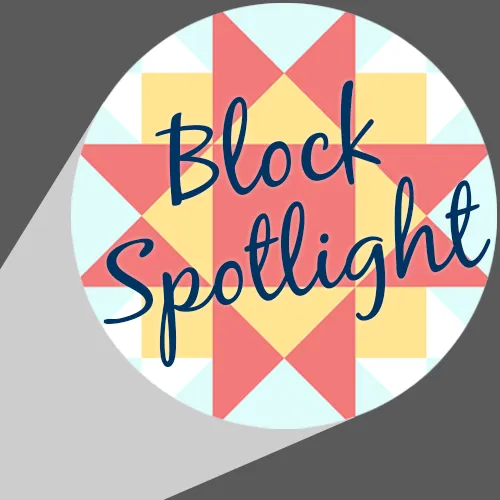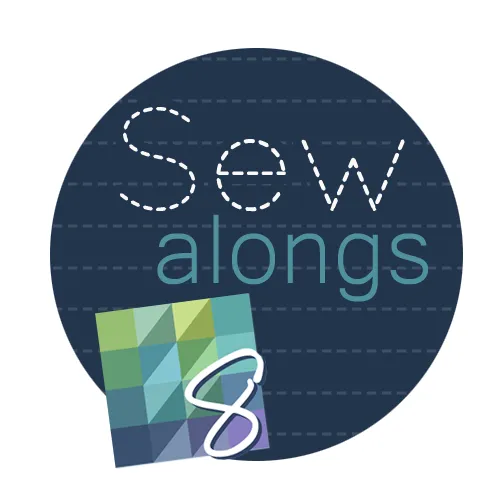The Erase Block Tool Use this tool to remove a block from the quilt. Click the block you want to erase. The Ctrl key on your keyboard + click on a block will erase every block. The Alt key on your keyboard + click on a block will erase alternate blocks. However, using Ctrl + click and Alt + click on some layout styles will not work the same as they do on Horizontal/Straight layouts. You may have to repeat the Ctrl + click and Alt + click to achieve the desired goal. The Erase Block tool is not recommended for Custom Set quilts, Layer 2 or 3 because it will leave a blank block placeholder. In these cases, use the Adjust tool to select your block, then press your keyboard Delete key on your keyboard to remove the block. • If you’d like a reminder of this and
Tool Tip Tuesday
Tool Tip Tuesday! – The Erase Block Tool
Posted 08-18-2015 by Heidi | Posted in: Quick Tip Tuesday Tool Tip Tuesday
Tool Tip Tuesday! – The Customize Toolbars Tool
Posted 08-11-2015 by Heidi | Posted in: Quick Tip Tuesday Tool Tip Tuesday
The Customize Toolbars Tool If you don’t see the tool you are looking for, try clicking Customize Toolbars and adding the tool. The Customize Toolbars option allows you to modify your toolbars from their default settings. This option is available on all toolbars on the Quilt worktable and the Block worktable. Button Size and Style will affect both worktables and will be remembered when EQ7 is closed. Also, if you choose to Restore Default Tools, you will lose your settings on both worktables. Using the Customize Toolbars Option to Modify the Tools: 1.Click on the Customize Toolbars button at the end of the toolbar. Or you may right-click with your mouse on any of the tool images on the toolbar. 2. Choose your option from the pop-up menu. • If you’d like a reminder of this and other tools in EQ7, check out the Display Dynamic Help tool. • To
Tool Tip Tuesday! – The Shape Tool
Posted 08-04-2015 by Heidi | Posted in: Quick Tip Tuesday Tool Tip Tuesday
The Shape Tool The Shape tool allows you to edit and change the shape of patches by moving nodes to reshape the patch, as well as adding nodes to line segments. To Change the Shape of the Patch: 1. Position the mouse over a node. 2. Click on the node with your left mouse button, hold and drag it to a new location. Double-click on a segment to add a note. Click, hold and drag the node to a new location. The Pieced layer of the PatchDraw worktable is permanently set to Snap to Grid. When you are moving nodes on the worktable, you will notice the node snapping to the closest grid point. Be sure that your patches don’t overlap one another. You may find it just as easy to redraw a block than to edit an existing block. To Add and Delete Nodes: 1. Position the mouse
Tool Tip Tuesday! – The Freehand Tool
Posted 07-28-2015 by Heidi | Posted in: Quick Tip Tuesday Tool Tip Tuesday
The Freehand Tool Use this tool to trace designs, or draw freehand. To draw a line 1. Position your mouse cursor on the worktable where you want the line to begin. 2. Click, hold and drag to draw your line. 3. Release the mouse to finish your line. To draw a patch 1. Position your mouse cursor on the worktable where you want the line to begin. 2. Click, hold and drag to draw your patch. 3. While still holding down the mouse button, hover the cursor over the initial node. 4. Release the mouse to finish your patch. Tip: Before releasing the mouse button, you can erase a portion of a freehand curve by holding down your keyboard SHIFT key and dragging backwards over the curve. Adjusting the Freehand Smoothness The Freehand tool is a great way to trace images and guides. The Freehand tool uses Bezier curves. They
Tool Tip Tuesday! – Drawing Board Options
Posted 07-21-2015 by Heidi | Posted in: Quick Tip Tuesday Tool Tip Tuesday
Drawing Board Options The Drawing Board Setup dialog lets you customize the Block worktable settings. After choosing Drawing Board Setup from the BLOCK menu, the Drawing Board Setup dialog appears. You can also display the Drawing Board Setup by clicking the button on the Precision Bar. General Block Size Type the size you want for the block. Allowable range is 1-200. Snap Grid Grid Display: Choose small grid dots or large grid dots. Click the drop-down list to Select a color for grid dots. Rectangular Grid: Click the right and left arrows to change the number of grid points on the horizontal axis and on the vertical axis. Allowable range is 4-200. PatchDraw (Pieced tab) Special Grids: Check Use a non-rectangular grid if you want to use one of the grid options in the drop-down menu. If you check this option, the Select a grid style drop-down will become enabled.
Tool Tip Tuesday! – Work on Image
Posted 07-14-2015 by Heidi | Posted in: Quick Tip Tuesday Tool Tip Tuesday
Work on Image Use this tool to display the Image worktable. The image worktable is great to use when you are scanning fabric, making photo quilts and quilt labels just to name a few! You can crop your images, adjust the color, turn colored images into black and white and much more! To work on a new image: 1. Click the Work on Image button. 2. Click Image on the top menu. 3. Click Import Image. 4. Select the image you want to work on from the hard drive. 5. Click Open. To edit an image from the Project Sketchbook: 1. Click the View Sketchbook button. 2. Click the Photos section. 3. Click directly on the image to select it. 4. Click Edit > to Image worktable. The Sketchbook will close and the image will display on the worktable. The Image worktable Below is a diagram of the Image worktable.
Tool Tip Tuesday! – The Set Photo Tool
Posted 07-07-2015 by Heidi | Posted in: Quick Tip Tuesday Tool Tip Tuesday
The Set Photo Tool Use this tool to display the palette of photos you have added to the Sketchbook. Importing Photo Images 1. Click Libriaries > Photo Library. 2. Click Import > From Image Files. The Import from Image Files dialog box will be displayed. 3. Click the drop-down list next to Files of type. Choose Image Files. Leaving the option on Image Files will display all image types at once. 4. Click the drop-down list next to Look in. Navigate to find the folder containing the photos you wish to import. The image files will display in the dialog box. 5. Click to select the files you want to import. You can multiple-select by holding the SHIFT key on your keyboard and selecting a range of files, or by holding the CTRL key on your keyboard and clicking on the individual files you want to import. 6. Click
